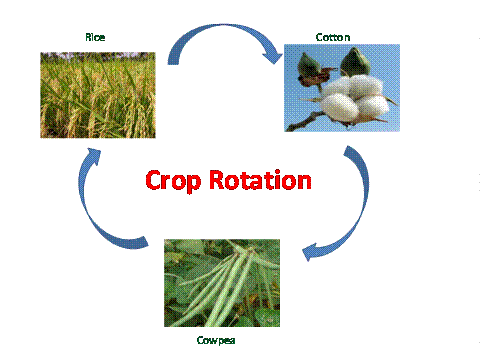
|
|
| Home | Seasons & Varieties | Tillage | Nutrient Mgmnt | Irrigation Mgmnt | Weed Mgmnt | Crop Protection | Cost of Cultivation | Photobank | |
Crop Production :: Crop Selection |
|
CRITERIA TO SELECT CROPS IN SEQUENCE FOR ROTATIONAL CROPPING
|
|
| Home | Seasons & Varieties | Tillage | Nutrient Management | Irrigation Management | Weed Management | Crop Protection | Cost of Cultivation | Disclaimer
© All Rights Reserved. TNAU-2016. |
|
